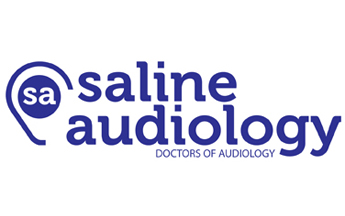Healthy Hearing
5 Sound Reasons for Employers to Promote Hearing Health
- Many people with hearing loss are in the workforce. America is experiencing a demographic shift toward a maturing labor force. People are staying in the workforce longer. And research suggests that we’re seeing an increase in adult hearing loss at younger ages, particularly among those in their 20s and 30s. In fact, more than 10 percent of full-time employees have a diagnosed hearing problem, and another 30 percent suspect they have a problem but have not sought treatment, according to EPIC’s “Listen Hear!” survey. http://ow.ly/NlrFn
- Treating hearing loss can enhance worker performance. Most hearing aid users in the workforce say it has helped their performance on the job, according to BHI research. What’s more, most people who currently wear hearing aids say it helps their overall ability to communicate effectively in most situations and has had a positive impact on their relationships at work.
- Leaving hearing loss unaddressed doesn’t pay. Brushing off hearing loss can limit our ability to communicate effectively and can negatively—and unnecessarily—affect productivity, job performance, and earnings; lead to fatigue and distress; restrict interpersonal interactions; make it difficult to receive and interpret auditory information from computers, machines, and individuals; pose a risk to our ability to hear sounds that signal hazards in the work environment; increase sick leave and disengagement from work; and diminish overall quality of life.
- Hearing loss is tied to other health conditions. Hearing loss may signal or exacerbate other important health issues. Research shows that hearing loss is linked to depression, diabetes, cardiovascular disease, obesity, dementia, cognitive decline, moderate chronic kidney disease, sleep apnea, and the risk of falling and hospitalization. http://ow.ly/Nlse0 & http://ow.ly/NlshW
- State-of-the-art features make today’s hearing aids better than ever. Today’s hearing aids make it easier to hear sounds and people from all directions and filter out noise. Many sit discreetly and comfortably inside the ear canal and out of sight; and many are wireless, so they can interface easily with other high-tech devices like smartphones, conference-room speaker phones and hearing loops. Some are even waterproof, and others are rechargeable. The bottom line? As many as 91 percent of owners of the newest hearing aids—those purchased in the last year—are satisfied with their hearing aids, and 90 percent of people who purchased their hearing aid within the last four years say they’d recommend a hearing aid to a friend or family member, according to BHI research.
For more information on Employee Wellbeing Month, visitwww.employeewellbeingmonth.com
Copyright © 2015 Better Hearing Institute, All rights reserved.
You are receiving this email because you opted in at our website http://www.betterhearing.org.
